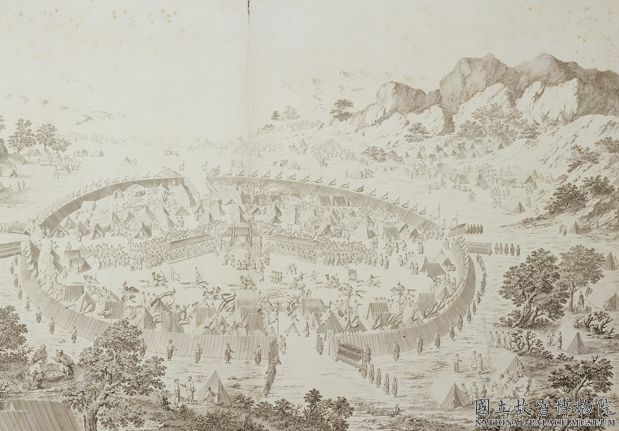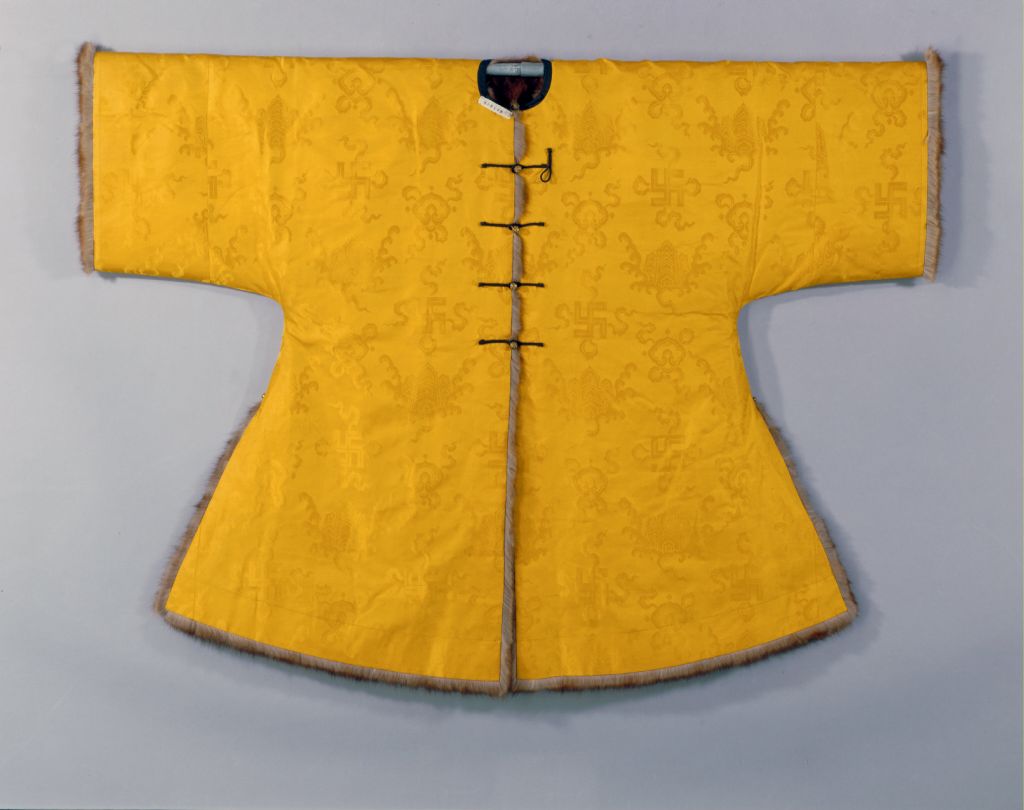[Palm Bamboo Seven Buddha Bowl]
Palm Bamboo Seven Buddha Bowl, 14.5 cm high, 23.6 cm caliber. The old collection of the Qing Palace
The bowl is round in shape, with a slightly inward opening and a flat edge. The bottom is as round as a kettle. The shape of the vessel is slightly flat, with a large body, thick walls, and a calm start. There are a total of 7 Buddha statues carved in relief around the bowl, all seated with folded arms, hands folded on knees, eyelids lowered, and a solemn appearance. Its backlight is in shallow relief, while the Buddha statue is in high relief, supplemented by appropriate intaglio, forming a multi-level decoration that highlights the three-dimensional sense. The lotus platform of the Buddha seat is designed as a semicircular shape to adapt to the curved shape of the lower part of the device. The visual effect is quite good, and it is a unique detail treatment. The surface of the instrument is polished and polished, emphasizing the unique natural texture of palm bamboo. Dark hanging needle like stripes appear in the light ochre ground, gradually turning down into small particles, varying in length, concentration, and dispersion. The dark and light colors create a dazzling contrast. The inscribed official script on the inner wall of the bowl is filled with a poem inscribed by the Emperor Qianlong with a green color:
The ancient temple has heard of the treasures of the ancient bowl stored in it, and when it was abandoned, it was awarded a gold medal
He Lai Sha Rui’s fishing utensil, and experienced the wind and sea to rob the spring
The five words of the Chronicle are reminiscent of yesterday, and the seven Buddhas are selected to convey the spirit
Laugh at He Fu’s famous elephant, and the origin of the blue stone is half false
and “Emperor Qianlong’s Wu Yin (23rd year, 1758) Spring Imperial Inscription” and “Qianlong Chen Han” filled in the red seal
This poem was recorded in Volume 75 of the second volume of “Poems Made by Emperor Gaozong”, and was originally titled “The Buddha Pot Made of Guai Nan Wood”. Later, there was a self explanatory note that said, “The Buddha Pot of Kaiyuan Temple saw that Pi Rixiu’s poem preface was very detailed. Last year, when I visited the south to observe the title sentence, I still ordered to hide it in the temple and make it ancient, because I ordered a good worker to make it in the shape of Guai Nan Xiang Wood Xiao. However, when I used the Qing stone of Emperor Yun to make it, looking at it today, it would be pottery rather than stone. It has been easy for generations to make, but I know it was not fake, so the last sentence is related to it.” Yun Yun. In the preface to Cha Pi Rixiu’s “Poems on the Buddha Pot of Kaiyuan Temple”, see Volume 613 of “Complete Tang Poetry”. It is stated that the origin of the Buddha Pot of Kaiyuan Temple is very strange, and he thought it was a sign of the Buddha dharma coming from the east. Qianlong was moved by it. Kaiyuan Temple is located in the East Street of Panmen, Suzhou, Jiangsu Province. It was originally built in the Wu Dynasty of the Three Kingdoms, and was renamed in the 26th year of the Tang Dynasty (738). It is a famous Buddhist temple in Suzhou. Pi Rixiu once lived in seclusion in Suzhou, so many chants are local features
According to the title and notes of Qianlong’s poem, it is known that the seven Buddha bowls were originally made of bamboo, and this kind of palm bamboo system was also loved by Qianlong, or it was mistakenly used as bamboo. The so-called seven Buddhas are the collective names of the seven Buddhas of the past world in the Buddhist scriptures. According to the “Chang Ahan Sutra”, it should be classified as Vipa Bodhisattva, Bodhisattva Abandonment Buddha, Vishapa Buddha, Kunlousun Buddha, Kunnahan Buddha, Kayah Buddha, and Sakyamuni Buddha. This palm bamboo seven Buddha bowl is both beautiful in workmanship and quality, and has a profound cultural charm. It is undoubtedly a masterpiece of bamboo carving techniques during the Qianlong period of the Qing Dynasty.
![图片[1]-Palm Bamboo Seven Buddha Bowl-China Archive](https://chinaarchive.net/Warring States period/Bamboo and wood tooth gourd/13961[1024].jpg)

![[Qing Dynasty] British female painter—Elizabeth Keith, using woodblock prints to record China from the late Qing Dynasty to the early Republic of China—1915-China Archive](https://chinaarchive.net/wp-content/uploads/2022/11/image-191x300.png)



